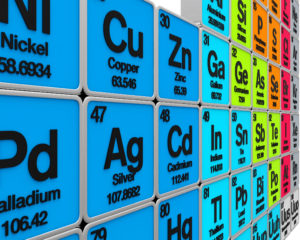
The periodic table is one of the most pivotal and enduring tools of modern science. It’s seen from the inside covers of elementary science textbooks to the walls of chemistry labs all around the world. To honor the 150th anniversary of its discovery, the United Nations General Assembly and UNESCO have declared 2019 to be the International Year of the Periodic Table of Chemical Elements.
As with all scientific progress, Dmitri Mendeleev’s periodic table was the result of decades—centuries, even—of research performed by scientists all over the world. Aristotle first theorized the existence of basic building blocks of matter over 2,500 years ago, which later were believed to be earth, air, fire and water. Alchemist Hennig Brand is credited with discovering phosphorus in the late 17th century, sparking chemists to begin pursuing these basic atomic elements.
Continue reading “2019: International Year of the Periodic Table”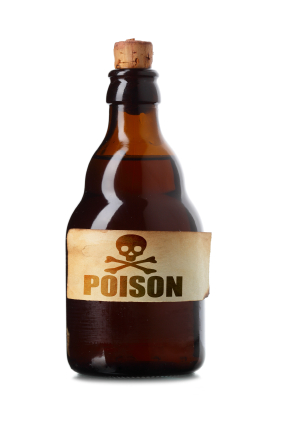 If you eat enough silver, you will turn blue, but it probably won’t kill you.
If you eat enough silver, you will turn blue, but it probably won’t kill you.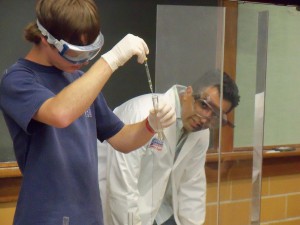
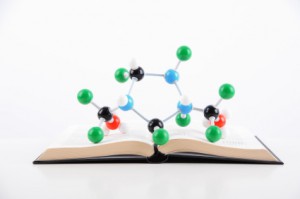
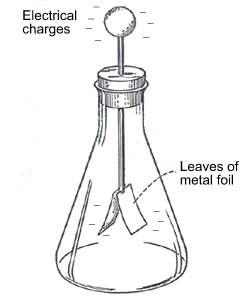 For many, this time of year brings with it the opportunity to enjoy a bit of holiday fun with kids. In fact just recently I had the chance to spend a day doing several home science activities with my four- and seven-year old boys. All were simple to set up using commonly found household items in a way that was both instructive and rewarding.
For many, this time of year brings with it the opportunity to enjoy a bit of holiday fun with kids. In fact just recently I had the chance to spend a day doing several home science activities with my four- and seven-year old boys. All were simple to set up using commonly found household items in a way that was both instructive and rewarding. 